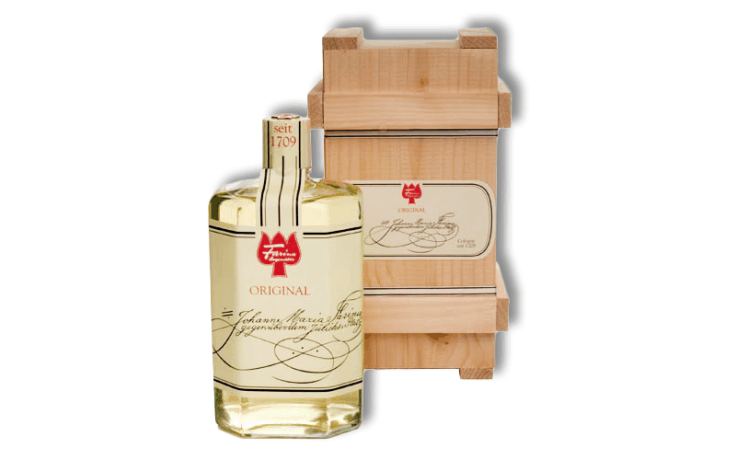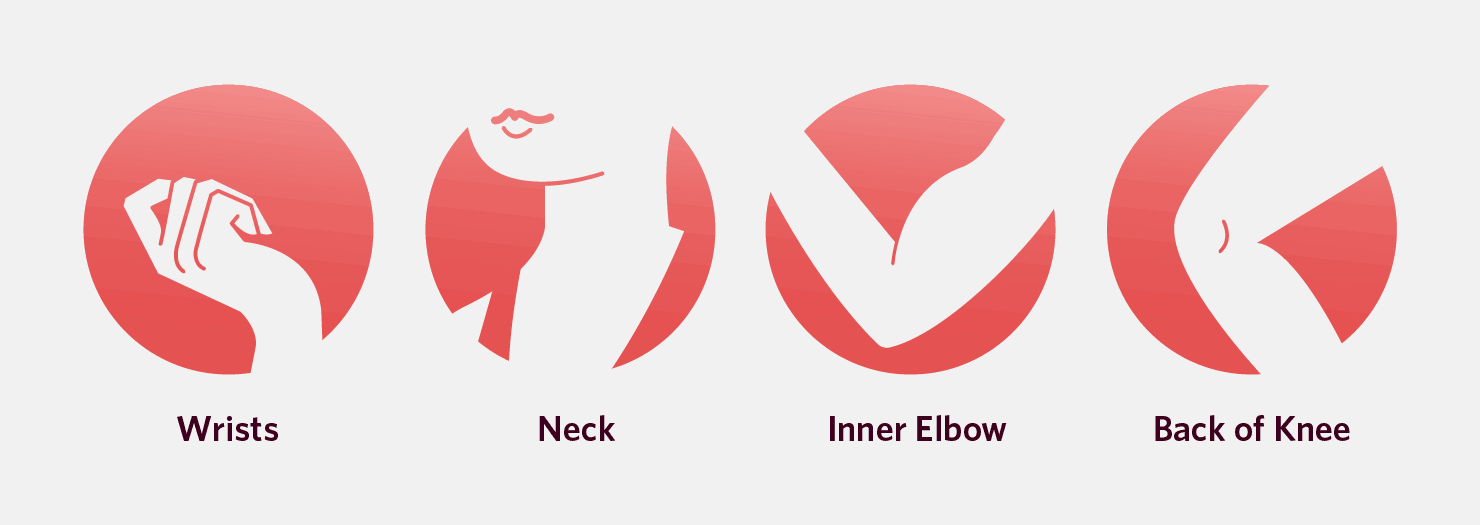Over the summer holidays, I had the opportunity to briefly visit Cologne in Germany. We were just there for a day so sightseeing was limited to the Old Town, known as Alter Markt, which is the historical center of the city. The Old Town hosts the infamous Cologne Cathedral, known locally as Kölner Dom, and several interesting museums, such as the Museum Ludwig which houses one of the largest Picasso collections in Europe.
But what makes Cologne a must-visit is the marriage of old and new you see throughout the city. Take the skyline alone; you’ll see the Gothic towers of various churches dispersed between modern glass structures, such as the Kranhäuser (crane houses), set on the Rhine River. It truly is a dichotomy of the old and new, past and present.

Cologne Skyline
Nestled among Cologne’s cobblestoned streets is a quaint little building, quite nondescript at first glance. But inside is a fascinating world full of Cologne’s history. This is the Farina Fragrance Museum, the oldest fragrance factory still standing and home of the first Eau de Cologne. I wasn’t really sure what to expect when we first booked a tour at the museum – it’s a very small building to house an entire perfume making factory. But once we got inside, I soon realized that this was going to be more of a trip down memory lane than a factory tour. Here are some interesting things I learnt.

The fragrance museum in Farina House
1. The Inventor of the Eau de Cologne
We began our journey in the Rococo era, when Italian perfume-maker, Johann Maria Farina, settled down in Cologne and created a perfume named after the town. He described his perfume by saying “My fragrance is reminiscent of a spring morning in Italy after the rain.” Upon entering the tour, a sample of his original Cologne – which has not changed since he first made – was rubbed on our wrists so we could be fully enhanced in the insightful experience.

The original Eau de Cologne by Farina
2. Perfumes Were For The Rich
Our tour guide explained that buying a perfume back in the 1700’s was a very lengthy affair and exclusively for the rich and elite. They would travel over days and spends hours making their purchase in a fancy parlour set up in the shop.
Farina’s perfume, with notes of lemon, grapefruit, oranges, bergamot and blossoms, was quite unique at the time since it was a very light perfume. Previously, perfumes would contain heavy scents, such as musk, and created a lot of problems – people even fainted from the overwhelming scent! So Farina’s light perfume was a welcome change. It’s said that the water in those days was contaminated and people wouldn’t shower for long periods of time. Thus, wearing perfume was a necessity only the rich could afford.

The Farina House in 1709
3. Farina’s Fragrance Is Not Actually An Eau de Cologne
There are four categories of fragrances based on their concentrations:
- Eau de Cologne (2%-4% concentration)
- Eau de Toilette (5%-15% concentration)
- Eau de Parfum (15%-20% concentration)
- Extrait de Parfum (20%-40% concentration)
Even though Farina’s perfume was called Eau de Cologne, which literally translates to ‘water from Cologne,’ the formula was that of an Eau de Parfum. Once his fragrance gained a lot of popularity amongst the royal houses of Europe, Eau de Cologne became a household name. Many businessmen at the time stole the name and sold their own cheaper versions of the Eau de Cologne to the masses. One such man was Wilhelm Mülhens, who invented the original Eau de Cologne – in terms of formula – by the name 4711, which is still in production today. This was a huge controversy for the Farina family at the time and still creates a lot of confusion around the origin of Eau de Cologne!

‘4711’ created by Wilhelm Mülhens
4. Napoleon Bonaparte Was A Big Fan
Napoleon Bonaparte was a French Emperor, known for his military genius and political power. And he was also a very fond of luxury and one of Farina’s regular customers. The tour guide told us that a special bottle of Eau de Cologne was designer for Napoleon and he used an entire bottle of perfumer in a day. He was so obsessed with the fragrance that he would get the perfume for his advisors as well, who were ordered to wear the scent all day. But Napoleon wasn’t the only famous client Farina had. Farina’s Eau de Cologne was a favourite of many notable names including Johann Wolfgang von Goethe, Mark Twain, Indira Gandhi and Princess Diana!

The bottle that Napoleon used to use
5. Never Rub Your Wrists When Wearing Perfume
After we learnt about the history of Eau de Cologne, we dived into the art of perfume making. This is when our guide told us that perfumes have different notes in them:
- Top/Head note
- Middle/Heart note
- Base note
These notes refer to groups of scents that can be sensed at different times after application. The top note is what you immediately smell when you put on perfume, middle note is what kicks in as the top note disappears and the base note is the very last one. The key to making a perfume last is to wear it on your pulse points, the tour guide explained, as those are the areas that emit the most heat, helping the perfume develop faster. If you rub the scent after putting it on, such as rubbing wrists together, you are disrupting the notes of the perfume, deeming it ineffective.

Pulse points to apply perfume
Unfortunately, we were not allowed to take any pictures of the tour but seeing Farina’s original office, complete with his office paperwork from back in the day, truly made you feel like you were back in time. If you ever get the chance to visit Cologne, I would highly recommend you visit the Fragrance Museum. It’s a short tour, very affordable, highly engaging and you get a free mini sample of the original Eau de Cologne to take home!

The mini Eau de Cologne bottle and some souvenirs






What do you think?
You must be logged in to post a comment.